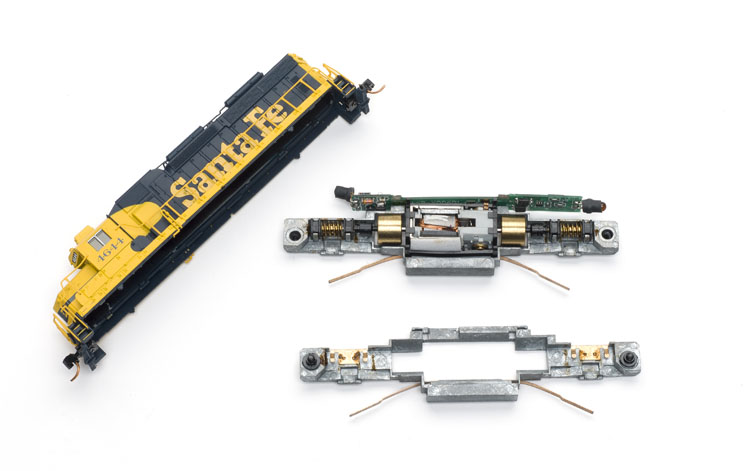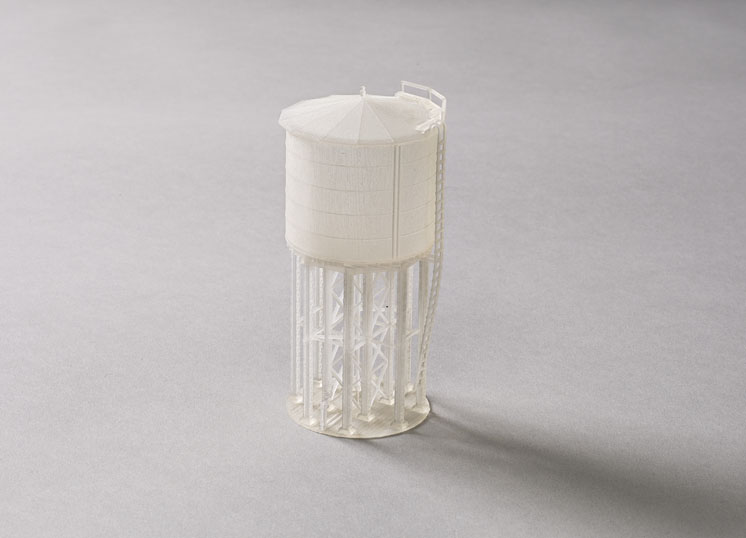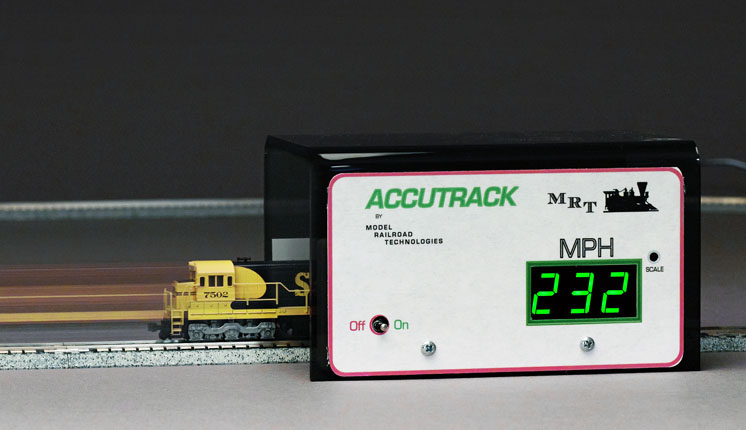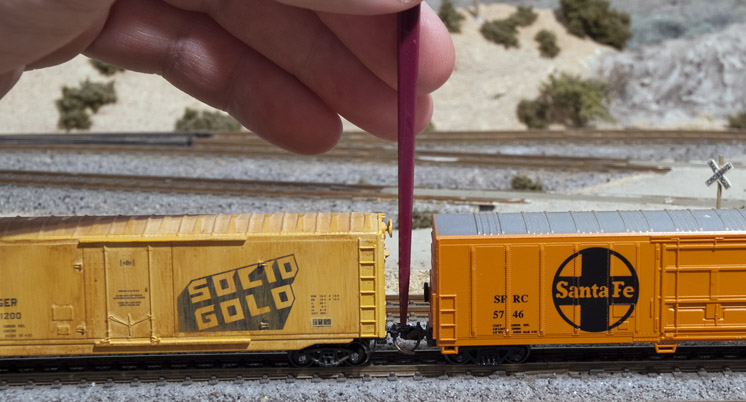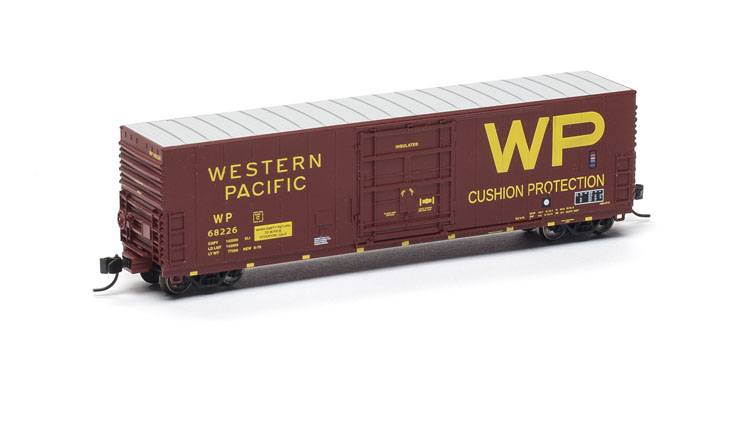
The standard track gauge in North America is 4′-81⁄2″ (561⁄2″), so let’s divide that by 160, and we come up with .353″. There are 25.4 millimeters in an inch, so we’ll multiply that by .353 and we arrive at 8.97mm, meaning that for all practical purposes, our track gauge is dead on. If we divide 8.97 by 9, we find our models are 99.7 percent accurate. That’s way more than good enough for me. Just for kicks I ran the same numbers for HO and found it to be 99.9 percent accurate. Shucks, I figured we had them beat.
Developing the numbers – N scale by the numbers
The first N scale trains aimed at the American scale model railroading market were developed in Germany by Arnold and Trix, following a strategy that had succeeded earlier in model train manufacturing, making trains half the size of the most popular scale. In this case N was roughly half the size of HO, which was roughly half the size of O.
HO track gauge is 16.5mm, so at 9mm, N scale is .75mm larger than half. Also at a modeling scale of 1:160, N scale trains are a bit larger than half HO size, 54 percent actually.
One consequence of this is that if you build a model from an HO drawing and just divide the measurements by 2, your model would not be N scale. You need to use a scale rule and convert the measurements.
The third dimension
To say that N scale is roughly half the size of HO is to tell only half the story. Like all objects, our models exist in three dimensions, so they’re half as long, half as tall, and most important, half as deep, meaning they occupy only one-eighth as much space. This is why when you look at HO and N models side by side, the N models look much smaller than half-size. It’s simply because they are. That’s what gives us an enormous advantage when it comes to building large scenic features such as mountainsides and broad rivers in the same given space.
Scale weight
It’s of absolutely no importance when it comes to model train operation or anything else, but I find it fun to compare the weight of our models versus what they would weigh if blown up to prototype size.
To start with, the National Model Railroad Association (NMRA) recommends that N scale cars weigh an initial .5 ounce plus an additional .15 ounce for each inch of car length. This comes out to 1.1 ounces for an N scale 50-foot car. For-tunately, you’ll find most enclosed cars you buy come very close to this standard.
Now for the tire pump exercise. We’ll blow up the car by a factor of 160 cubed, which is 4,096,000. (That’s right folks, over 4 million times.) Our prototype-size plastic car would weigh 4,505,600 ounces, which divided by 16 gives us a weight of 281,188 pounds, or about 140 tons. A prototype 50-foot boxcar weighs between 35 and 40 tons. If we imagine our car has a 100-ton capacity and is loaded, then our empty car weighs as much as the prototype car would weigh, if loaded.
This seems hard to believe, but the sides, roofs, and floors on models are typically about 1⁄16″ thick, which is a scale 10″. Solid plastic walls that thick would be pretty darn heavy, whereas prototype car walls are made of steel structural shapes and sheets that combine to be about 10″ thick, or about the same thickness as the plastic walls on our models.
As far as model railroading goes, prototype cars weights have nothing to do with anything, except being fun to think about. Real railroads do what they need to do to keep cars on the tracks, and we do what we need to do. It would be nearly impossible with scale-weighted, empty cars. They’d almost float away.






